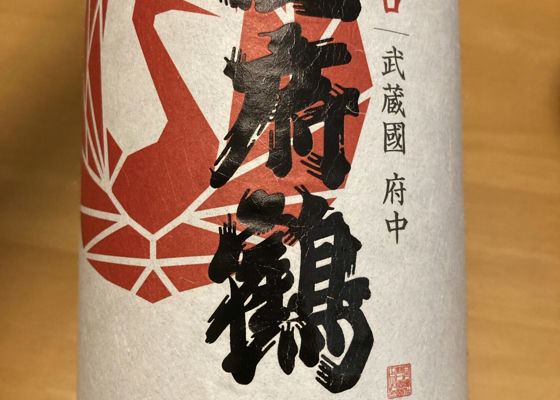
SakenowaRecord your sake experiences and discover your favorites
CheckinCountView.label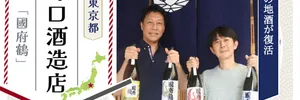 東京都府中市の野口酒造店が、約40年ぶりに酒造りを復活させました。武蔵国府の総社である大國魂(おおくにたま)神社に御神酒を納めるために酒造りを始めた野口酒造店は、蔵の周辺の都市化などから1985年に酒造りをやめ、他の酒蔵に酒造りを委託し、そのお酒を瓶詰め&ラベル貼りをして出荷する酒蔵として存続してきました。 「いつかは酒造りを復活させたい」と考えていた7代目の蔵元、野口英一郎さんのところに、ある日、同じ府中市にある東京農工大学から、大学が独自に開発した米を使った酒造りの依頼が舞い込みます。東京で生まれた米を地元の農家が育て、地元の酒蔵が造る真の“東京の地酒”は復活の起爆剤になると考えた野口さんは、再開を決意。酒造りの経験豊富な杜氏を招いて、この4月から酒造りをおこなっています。野口蔵元が目指す酒蔵像に迫りました。SAKE Street | プロも愛読の日本酒メディア
東京都府中市の野口酒造店が、約40年ぶりに酒造りを復活させました。武蔵国府の総社である大國魂(おおくにたま)神社に御神酒を納めるために酒造りを始めた野口酒造店は、蔵の周辺の都市化などから1985年に酒造りをやめ、他の酒蔵に酒造りを委託し、そのお酒を瓶詰め&ラベル貼りをして出荷する酒蔵として存続してきました。 「いつかは酒造りを復活させたい」と考えていた7代目の蔵元、野口英一郎さんのところに、ある日、同じ府中市にある東京農工大学から、大学が独自に開発した米を使った酒造りの依頼が舞い込みます。東京で生まれた米を地元の農家が育て、地元の酒蔵が造る真の“東京の地酒”は復活の起爆剤になると考えた野口さんは、再開を決意。酒造りの経験豊富な杜氏を招いて、この4月から酒造りをおこなっています。野口蔵元が目指す酒蔵像に迫りました。SAKE Street | プロも愛読の日本酒メディア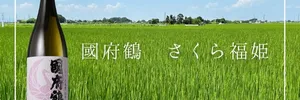 合名会社野口酒造店(東京都府中市)は、東京農工大学大学院農学研究院と教育研究、社会貢献、地域連携と産学連携の活SAKETIMES | 日本酒をもっと知りたくなるWEBメディア
合名会社野口酒造店(東京都府中市)は、東京農工大学大学院農学研究院と教育研究、社会貢献、地域連携と産学連携の活SAKETIMES | 日本酒をもっと知りたくなるWEBメディア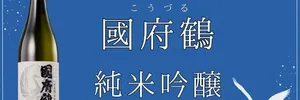 合名会社野口酒造店(東京都府中市)は、これからの「國府鶴(こうづる)」ブランドの主力となるフラッグシップ商品「SAKETIMES | 日本酒をもっと知りたくなるWEBメディア
合名会社野口酒造店(東京都府中市)は、これからの「國府鶴(こうづる)」ブランドの主力となるフラッグシップ商品「SAKETIMES | 日本酒をもっと知りたくなるWEBメディア
Brands from 野口酒造店
Location
4-chōme-2-1 Miyanishichō, Fuchu, Tōkyō-toOpen in Google Maps
Related Articles
府中で約40年ぶりに酒造りが復活。東京生まれの米を使う東京の地酒造り - 東京都・野口酒造店 | SAKE Street | プロも愛読の日本酒メディア
 東京都府中市の野口酒造店が、約40年ぶりに酒造りを復活させました。武蔵国府の総社である大國魂(おおくにたま)神社に御神酒を納めるために酒造りを始めた野口酒造店は、蔵の周辺の都市化などから1985年に酒造りをやめ、他の酒蔵に酒造りを委託し、そのお酒を瓶詰め&ラベル貼りをして出荷する酒蔵として存続してきました。 「いつかは酒造りを復活させたい」と考えていた7代目の蔵元、野口英一郎さんのところに、ある日、同じ府中市にある東京農工大学から、大学が独自に開発した米を使った酒造りの依頼が舞い込みます。東京で生まれた米を地元の農家が育て、地元の酒蔵が造る真の“東京の地酒”は復活の起爆剤になると考えた野口さんは、再開を決意。酒造りの経験豊富な杜氏を招いて、この4月から酒造りをおこなっています。野口蔵元が目指す酒蔵像に迫りました。SAKE Street | プロも愛読の日本酒メディア
東京都府中市の野口酒造店が、約40年ぶりに酒造りを復活させました。武蔵国府の総社である大國魂(おおくにたま)神社に御神酒を納めるために酒造りを始めた野口酒造店は、蔵の周辺の都市化などから1985年に酒造りをやめ、他の酒蔵に酒造りを委託し、そのお酒を瓶詰め&ラベル貼りをして出荷する酒蔵として存続してきました。 「いつかは酒造りを復活させたい」と考えていた7代目の蔵元、野口英一郎さんのところに、ある日、同じ府中市にある東京農工大学から、大学が独自に開発した米を使った酒造りの依頼が舞い込みます。東京で生まれた米を地元の農家が育て、地元の酒蔵が造る真の“東京の地酒”は復活の起爆剤になると考えた野口さんは、再開を決意。酒造りの経験豊富な杜氏を招いて、この4月から酒造りをおこなっています。野口蔵元が目指す酒蔵像に迫りました。SAKE Street | プロも愛読の日本酒メディア東京農工大学の育種米「さくら福姫」を使用!東京都・野口酒造店が「國府鶴(こうづる)さくら福姫」を、9/6(金)に発売 | 日本酒専門WEBメディア「SAKETIMES」
 合名会社野口酒造店(東京都府中市)は、東京農工大学大学院農学研究院と教育研究、社会貢献、地域連携と産学連携の活SAKETIMES | 日本酒をもっと知りたくなるWEBメディア
合名会社野口酒造店(東京都府中市)は、東京農工大学大学院農学研究院と教育研究、社会貢献、地域連携と産学連携の活SAKETIMES | 日本酒をもっと知りたくなるWEBメディアブランドの主力となるフラッグシップ商品!東京都・野口酒造店が「國府鶴(こうづる)純米吟醸」を、2/26(水)に発売 | 日本酒専門WEBメディア「SAKETIMES」
 合名会社野口酒造店(東京都府中市)は、これからの「國府鶴(こうづる)」ブランドの主力となるフラッグシップ商品「SAKETIMES | 日本酒をもっと知りたくなるWEBメディア
合名会社野口酒造店(東京都府中市)は、これからの「國府鶴(こうづる)」ブランドの主力となるフラッグシップ商品「SAKETIMES | 日本酒をもっと知りたくなるWEBメディアTimeline

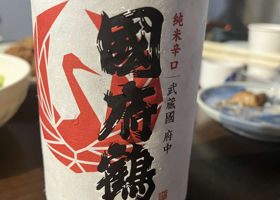
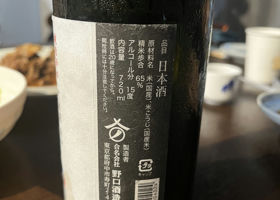
um
Alcohol content: 15
Rice used:Undisclosed
Rice polishing ratio:65
This is a local sake made in Fuchu City, Tokyo.
As the label says, it is quite dry.
It also has acidity, but bitterness is more dominant. It was a good match with tuna stewed in cubes.
Japanese>English

ねむち
National Sake Fair 2025 in Osaka㊽
Tokyo Booth ⑥
The Noguchi Sake Brewery in Fuchu City has a long history, having been established at the end of the Edo period (1603-1868), but after 40 years of closed production and commissioned brewing, a new brewery was built and in 2024 the brewery switched to in-house brewing.
◉Kunitokubutsuru Junmai Ginjo
This is another hard-to-read brand name. It is sweet and fruity, and is very trendy and delicious.
The toji, Daisuke Kinoshita, was introduced by a professor at Tokyo University of Agriculture from his family's Amabuki Shuzo brewery in Saga.
At this point, the owner of a liquor store in Amagasaki invited us to visit the Fukui booth, saying that the president of Tanabe Sake Brewery wanted to see bouken-san, who runs Sake no Wa.
Japanese>English
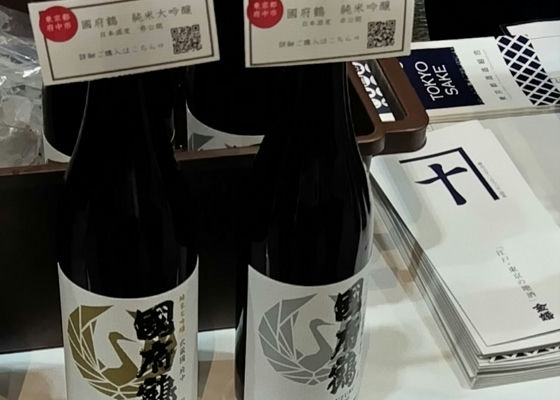
しんじょう
National Sake Fair 2025 (´-ω-๑℠)♡
The sake brewery has come back to life after a 40-year absence.
Thank goodness there is good news in the sake world, which is becoming a treasure trove of negative news!
It is located near the Tokyo Racecourse.
Not as close as Edo Kaijo, but it's hard to imagine a sake brewery in this area!
The sake is light and fresh.
The taste is moderate and orthodox.
Junmai Daiginjo is even more delicious!
This is also an orthodox Junmai Daiginjo-shu!
Japanese>English
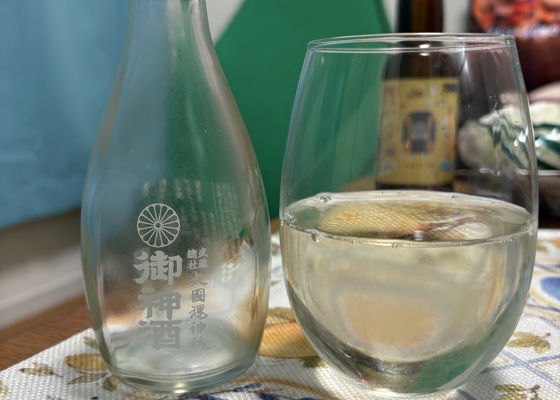
my
This year, I had two bottles, so I had a series of them.
It has a clear and tasty taste from the beginning because we are eating yakitori. The spiciness is just right. There are more and more expensive sakes, but sometimes this kind of sake is good.
Japanese>English
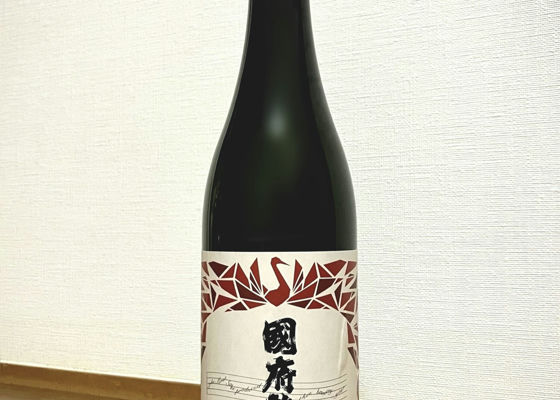
K
Gentle yet fruity, floral aroma
Gentle sweetness, well-balanced umami, and a final acidity.
Although it is fire-aged, it also has the freshness of freshly pressed sake.......is it their policy not to serve fresh sake?
It may have a little bit of a tangy taste, but the taste does not betray expectations. In terms of taste, this is the most highly rated Kunifutsuru so far.
In terms of cosmetics, it is -0.25 from the regular sake.
4.50
Japanese>English
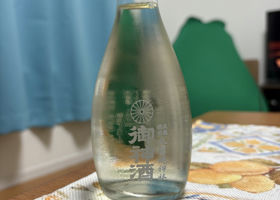

my
For the second year in a row.
It is rather refreshing and dry. Good as a food sake.
The aroma is quite strong and alcoholic, which I don't like.
Japanese>English
K
Kunifutsuru is the only rice that is currently labeled as a raw material.
However, the ratio of polished rice is not disclosed.
Sakura Fukuhime is no exception to the gentle, light aroma and smooth taste that is common to all Kunifutsuru wines.
However, the fruity, juicy, and acidic characteristics of this wine, as described in the product description, are designed to set it apart from other wines.
I prefer it to junmai, junmai dry or junmai daiginjo, but it does not have the impact of regular sake.
Maybe my expectations were too high.
4.00
Japanese>English
K
Nama-zake limited to the unveiling tasting event
The aroma of this sake was so pleasant that I thought it was a daiginjo, and the mild acidity was so beautifully fruity and fresh that I was surprised when I first tasted it.
I have always preferred sake at room temperature to cold, but I think this one should be served cold!
I hope it will be commercialized!
Considering the cost performance of regular sake, I think this is a good choice.
4.75
Japanese>English
K
The aroma, sweetness, and umami are similar to those of junmai and junmai-daiginjo-style dry wines, but with a more graceful and beautifully balanced finish.
It is not particularly light in the mouthfeel or aftertaste, but you can taste the umami and the sweetness, which is typical of Kunitatsuru Junmai Daiginjos.
4.00
Japanese>English
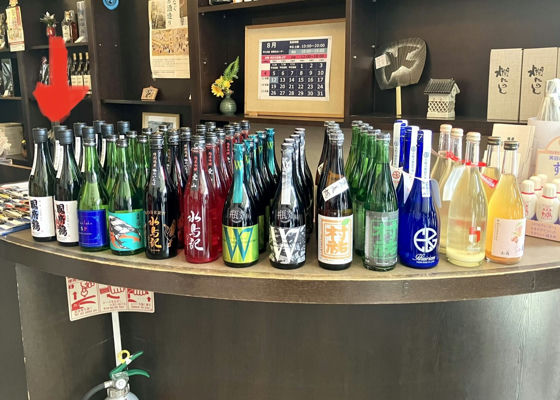
K
The dryness is well differentiated from Junmai, and the umami is pleasant without being too spicy.
3.75
Japanese>English
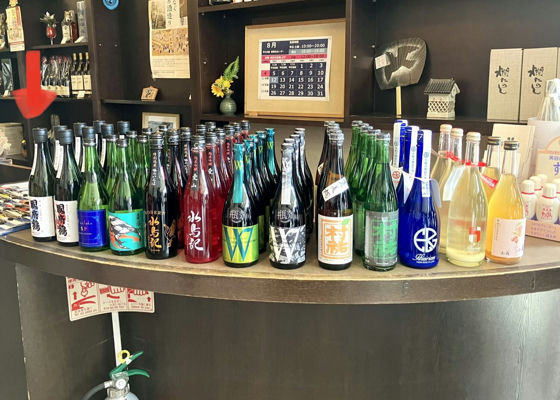
K
The quality of the sake is clear and soft. The sweetness and umami are well pronounced, but it seems to be enough for a normal sake.
3.50
Japanese>English
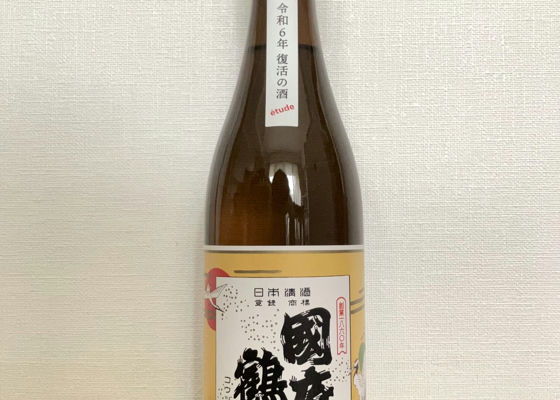
K
Resurrection Fuchu Local Sake
First, at room temperature by itself
Light sweet sake with soft acidity.
It has a strong sweetness on the palate with a long, lingering umami aftertaste.
It is a good value, and you will not get tired of drinking it as an evening drink.
Evaluation after taking the price into account
4.75
Japanese>English
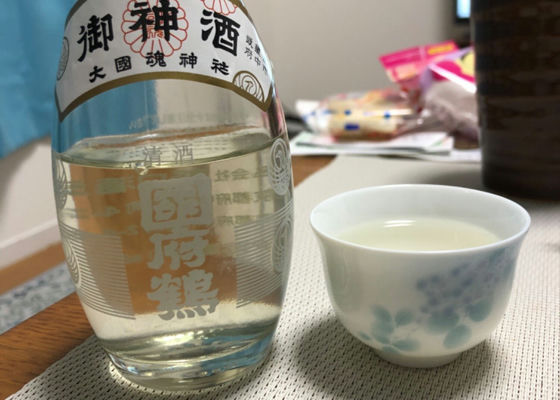
my
This was given to me as an exorcism.
Firmly dry, goes well with salty food.
Japanese>English